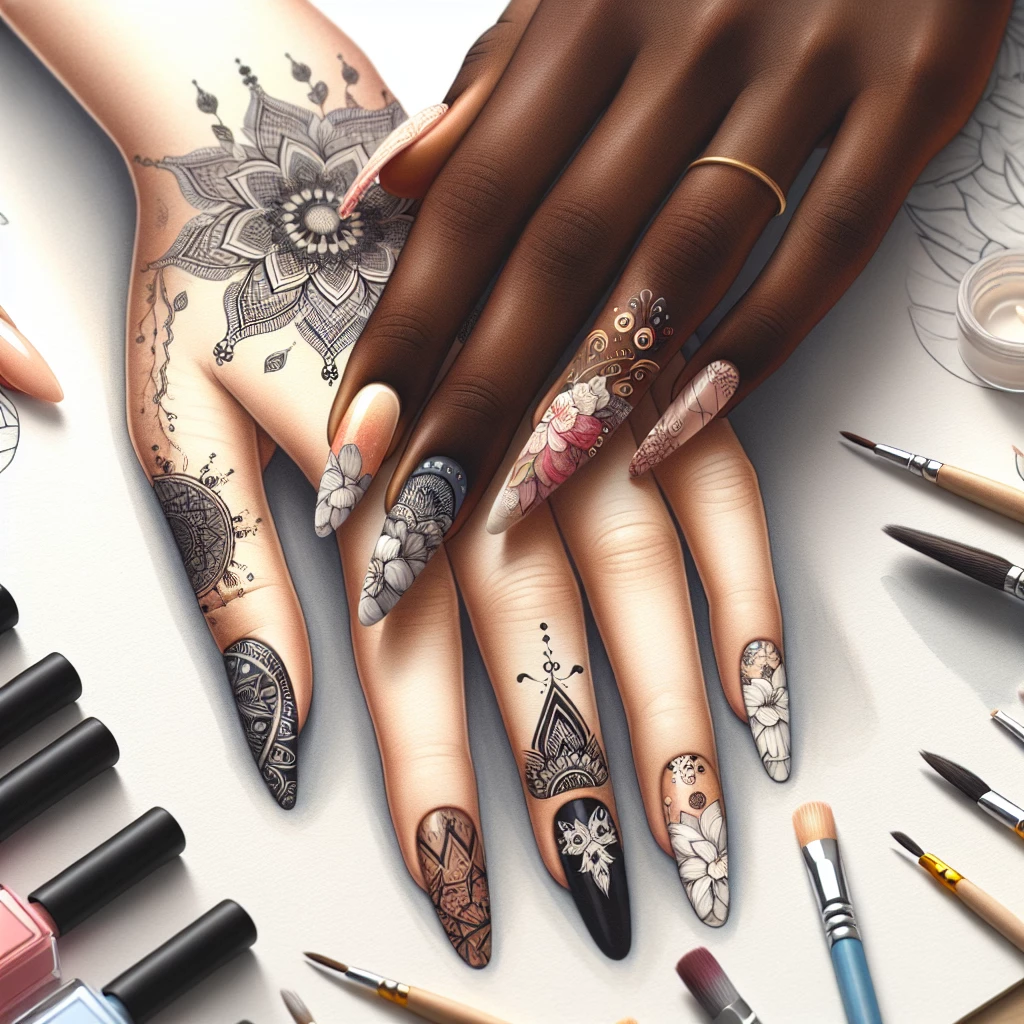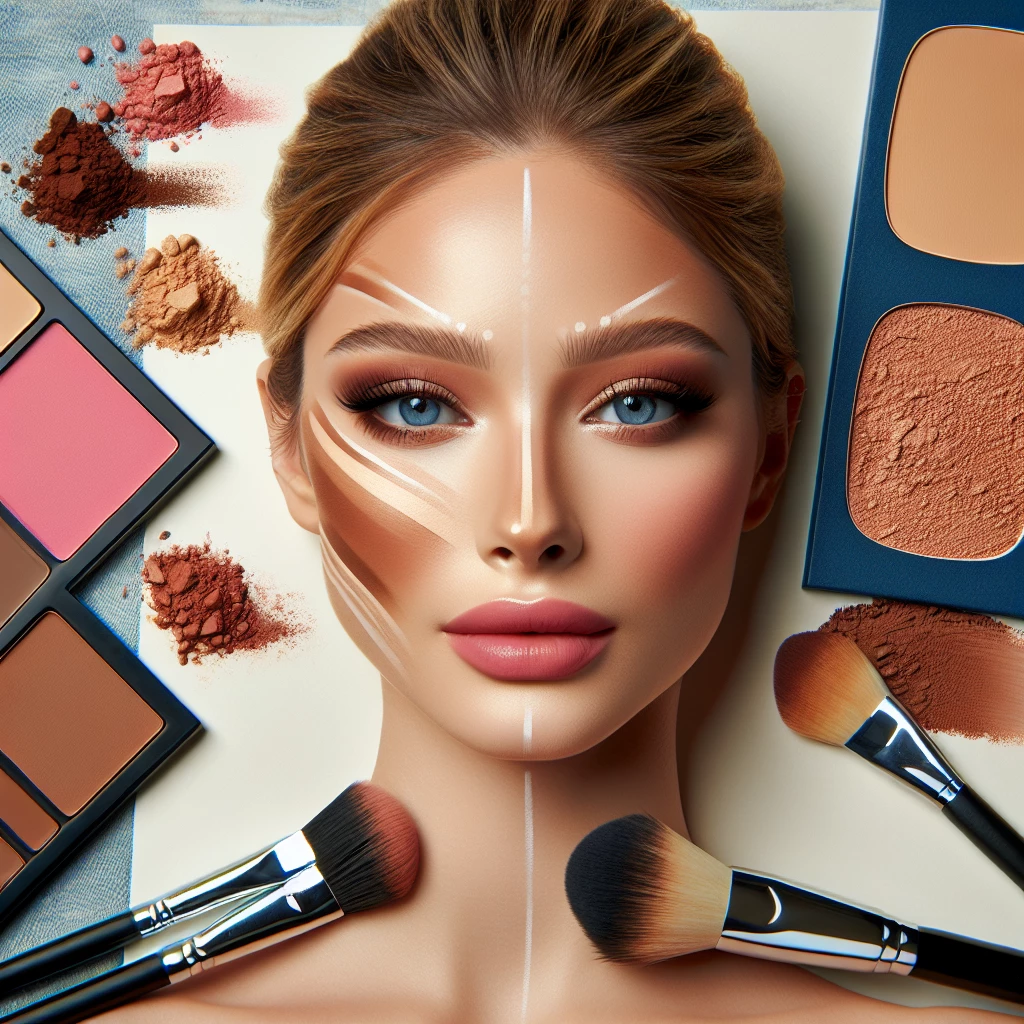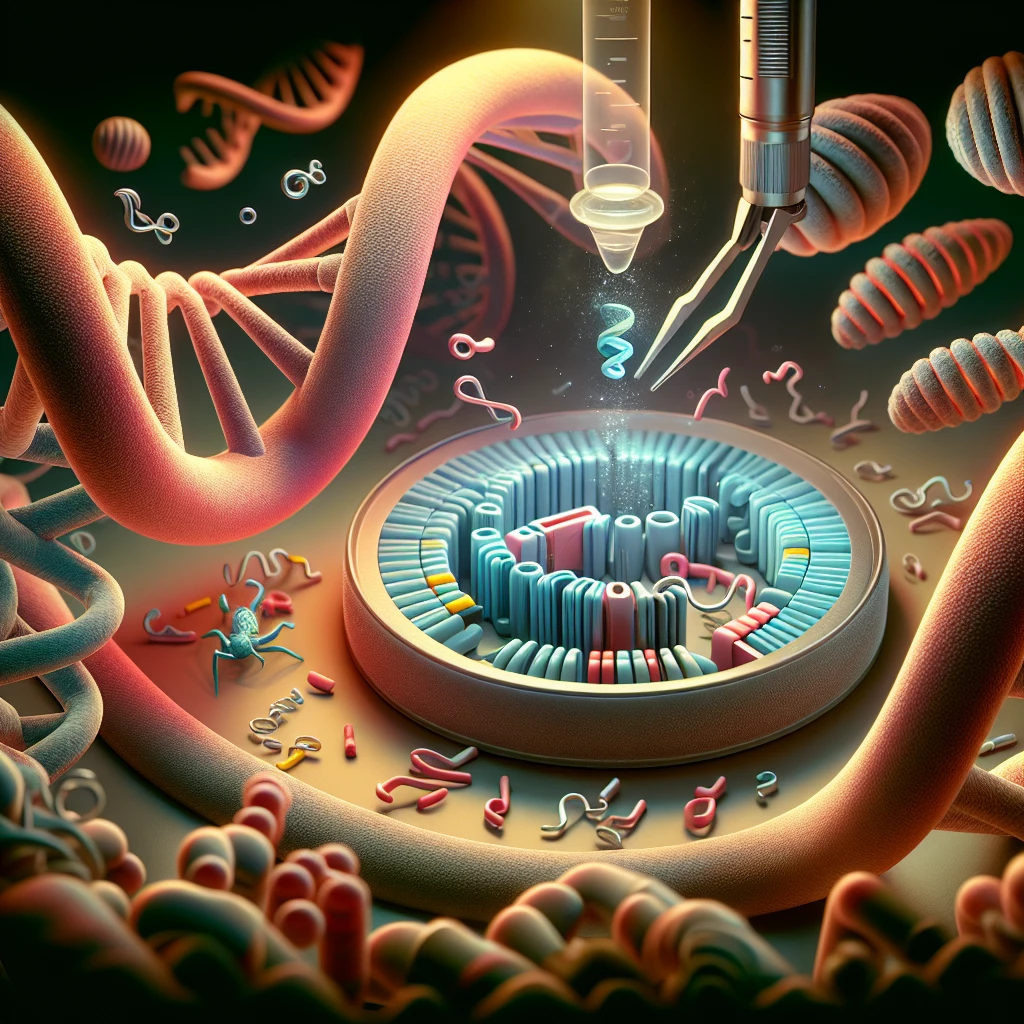For years, the beauty industry has been on the receiving end of harsh criticism for animal testing practices. Thankfully, an increasing number of companies are turning away from this cruel tradition. But what does it really mean for a product to be cruelty-free? Is it as ethically sound as we are led to believe? In this article, we will take a deep dive into the world of cruelty-free makeup - its definition, benefits, and challenges.
Understanding Cruelty-Free Makeup
One of the key things to understand from the get-go is that there is no universal definition of 'cruelty-free'. Different organizations have different standards, but the general consensus is that a product can be labelled cruelty-free if its raw ingredients have not been tested on animals. However, this does not mean the product is totally free from animal elements, which leads to a separate yet parallel concept - vegan makeup.
Vegan makeup, unlike cruelty-free makeup, guarantees that no animal byproduct has been used at any stage of production. Cruelty-free makeup assures you that no animal was harmed in the making, but it may contain ingredients like beeswax, honey, or retinol, which are animal-derived. It's important to know the difference and choose products based on your personal beliefs and values.
As consumers, though we need to be aware that just because a product attests to being cruelty-free, it might not entirely be so. The beauty industry is notorious for vague labeling and dodgy certifications. Therefore, it's always wise to do further research.
The Benefits of Choosing Cruelty-Free
The most immediate benefit of choosing cruelty-free products is the assurance that your beauty routine is not contributing to the suffering of animals. More so, cruelty-free products are often healthier for our skin. They tend to contain fewer harmful chemicals and more natural, skin-loving ingredients.
On a larger scale, by choosing cruelty-free, you are casting a vote for a more ethical beauty industry. Consumer demand has the power to drive change. The more we opt for these products, the more companies will reformulate and rethink their testing processes.
However, it's not all rosy in the cruelty-free world. There are challenges to be aware of, and inconsistencies that need to be acknowledged.
The Challenges of Cruelty-Free Makeup
One major challenge in the cruelty-free makeup industry is the lack of regulation. Anyone can slap a 'cruelty-free' sticker on their product without any real accountability. This makes it hard for consumers to trust the label and make informed decisions.
Another challenge is affordability. Unfortunately, cruelty-free and vegan makeup products tend to be more expensive than traditional ones. This can make it difficult for people on a budget to switch completely to cruelty-free products.
Lastly, not all brands that claim to be cruelty-free are available globally, which can limit the options for consumers in certain parts of the world.
Navigating the realm of cruelty-free makeup is no easy task. Yet, the benefits of choosing cruelty-free products are many - from reducing animal suffering to promoting a healthier complexion. It's important to continue educating ourselves, asking questions, and demanding transparency from brands. In doing so, we can make the beauty world a more ethical place one lipstick at a time.

In-depth Dive into Nail Art
Get inspired by the latest trends in nail art and learn about the essential products for the same.

Glitter Makeup: Dazzle with Grace
Understand the do's and don'ts of glitter makeup and unveil the products that can help you sparkle.

Contouring 101: A Beginner's Guide
Comprehend the art of contouring and explore the best products to achieve that perfect sculpted look.

Decoding the Function of Primers
An overview of the uses, benefits, and the must-have primers for your daily beauty regime.
